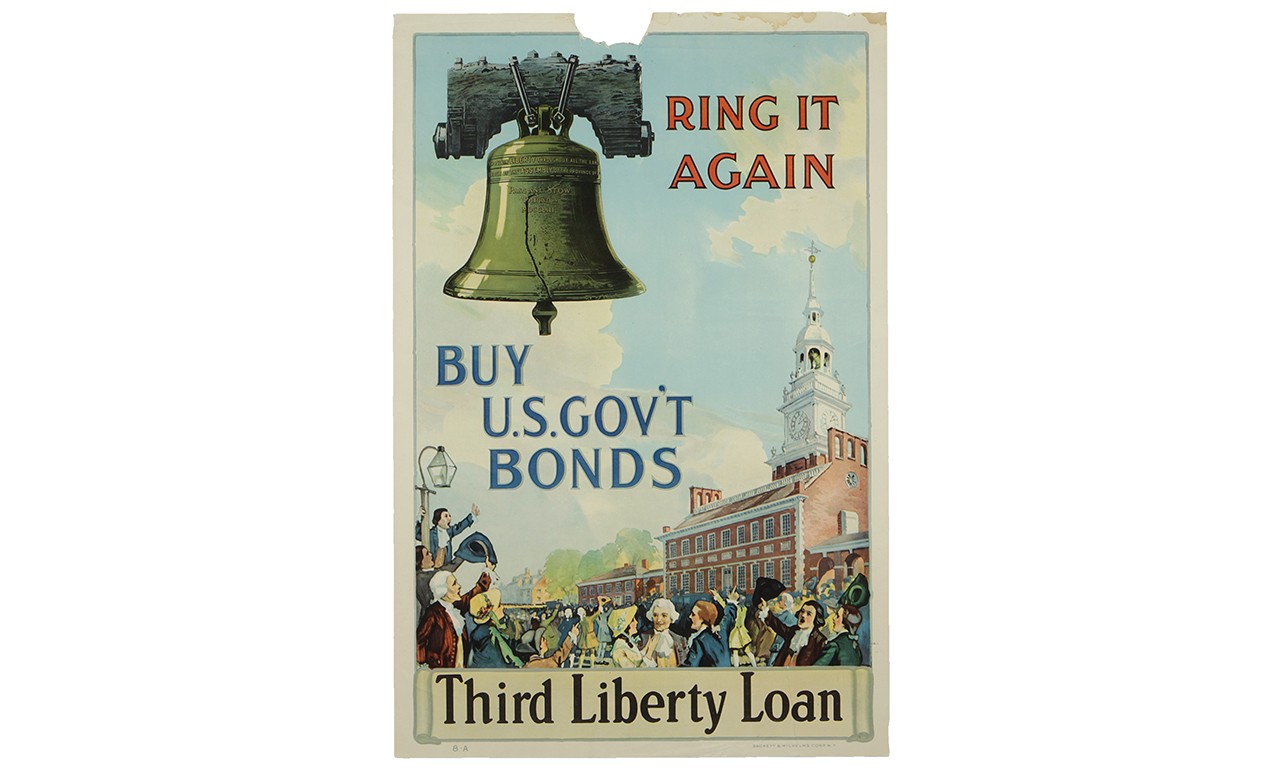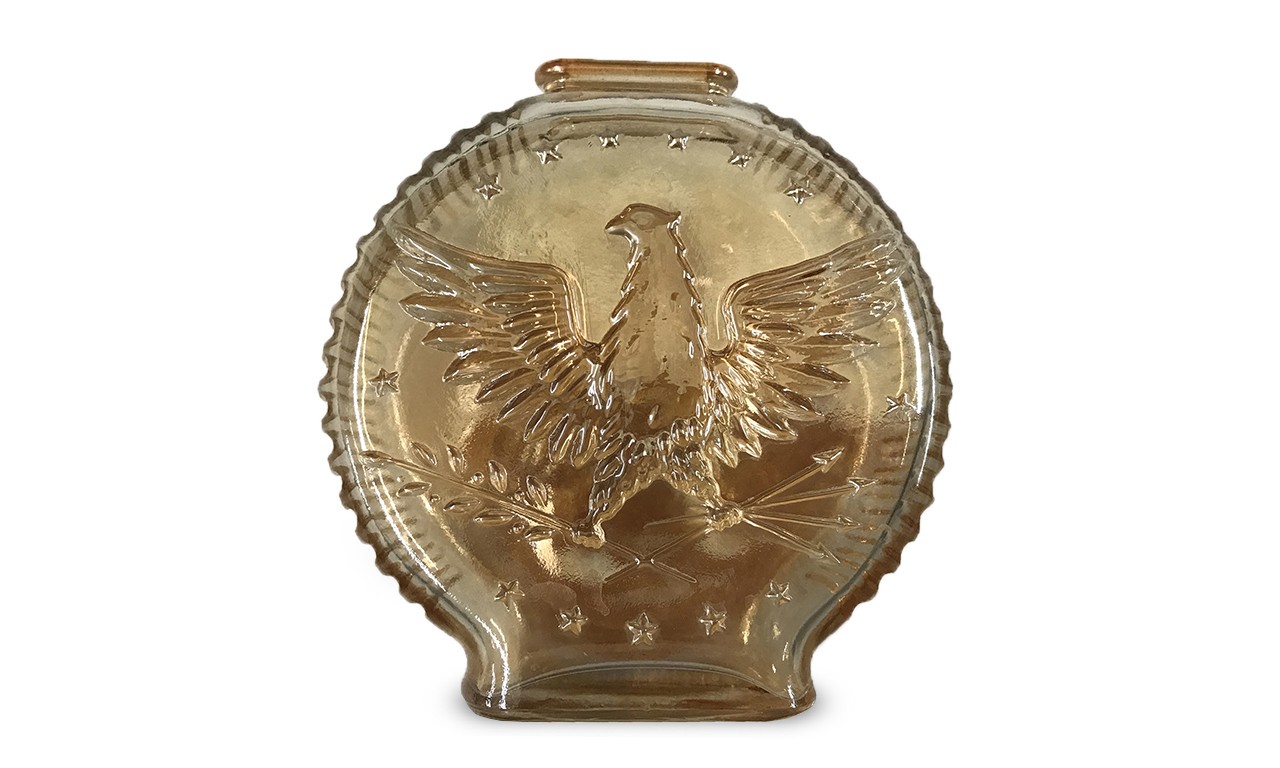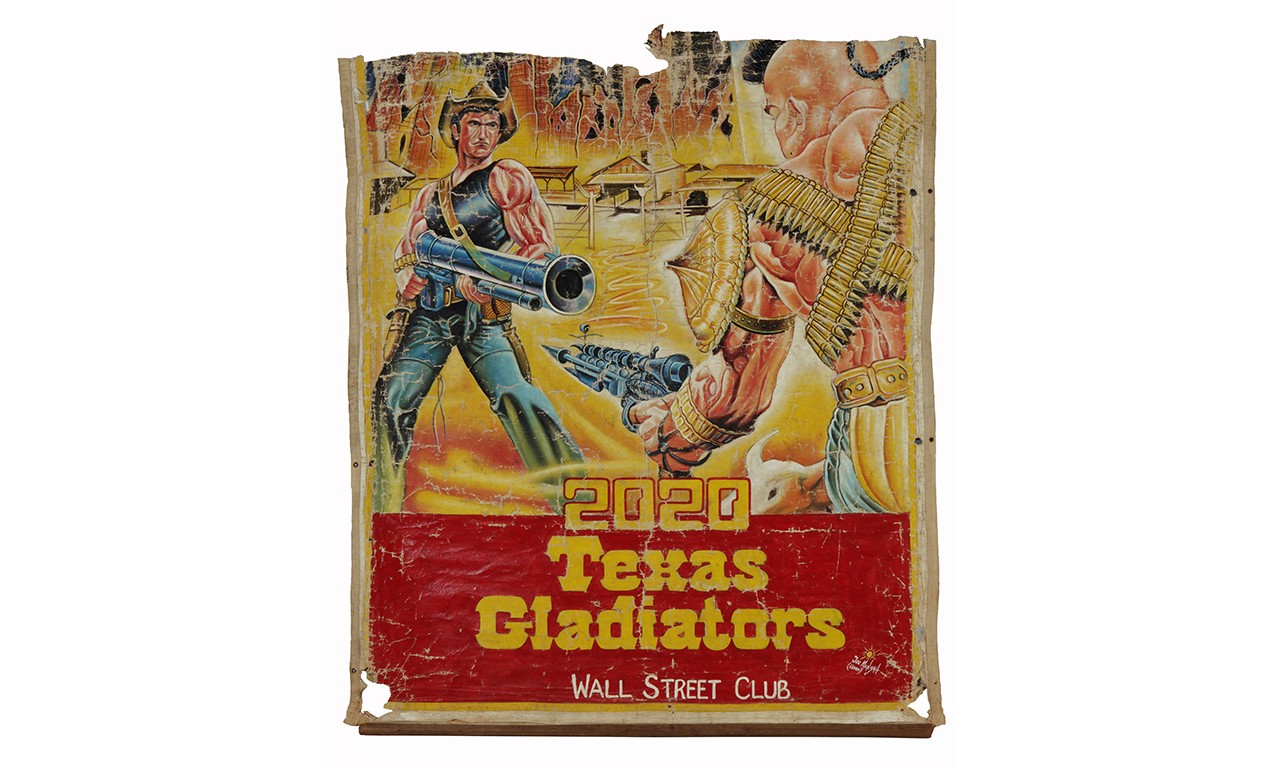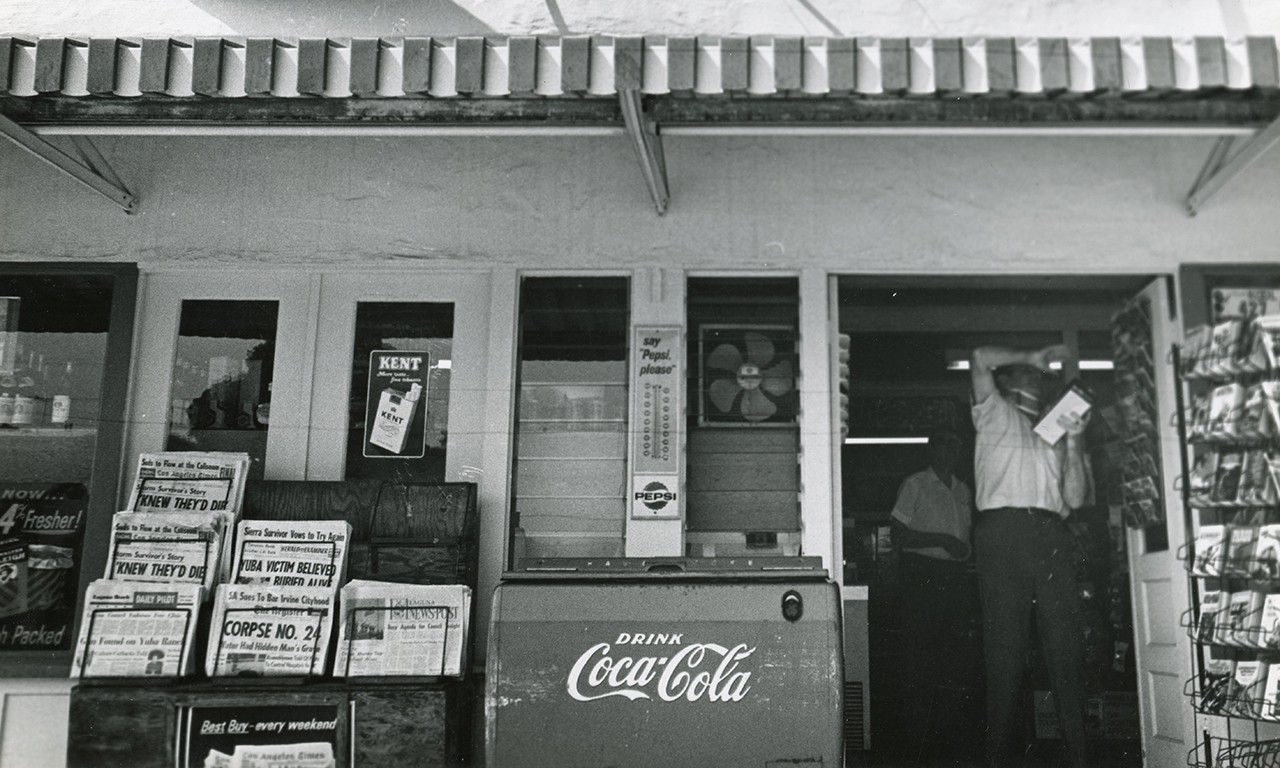© 2023 Kreativa. All rights reserved. Powered by JoomShaper
Welcome to Americana: Independence Day at the Bowers
 |
| Toile de Jouy Fabric Depicting America's Founding, 18th to 19th Century Jouy-en-Josas, France Printed linen; 21 x 21 in. 7191a,b Gift of Mrs. Thomas Walsh |
Independence Day
Though every day is an opportunity to celebrate one’s patriotism, Independence Day is a special opportunity to enjoy things that truly are as American as apple pie. Given that the United States is and has always been a melting pot of different immigrant groups, how does one determine what exactly is American and what is just a product of the numerous points of origin of immigrants around the world? To take an example, a ballpark hot dog might seem about as American as it gets, but the only American addition was that of the bun. In this post we look to answer the question of what objects and motifs really are representative of Americana by looking at some of the objects in our collections.
 |
| Ring It Again: Buy U.S Gov't Bonds, 1918 Sackett & Wilhelm’s Corporation; New York, New York Ink on paper; 30 x 20 in. 96.41.4 Gift of Mr. and Mrs. Weston Sprague |
Liberty Rings
As one of the three unalienable rights outlined in the Declaration of Independence, liberty itself has become inexorably tied to Americana through its symbolic representations. Liberty is most often personified by Lady Liberty, whose colossal likeness in copper we all know greeted immigrants to New York City, but thanks to a 19th century fabrication Philadelphia’s Old State House Bell became known as the Liberty Bell for having rung on July 4th, 1776, to mark the Second Continental Congress’ vote for independence. As it happens, the Liberty Bell was almost certainly not rung that day. All the same, we can see that it became a strong enough symbol of America that it was evoked in an effort to get United States citizens to buy bonds during World War I.
 |
| Coin Bank, early 20th Century United States Carnival glass; 5 1/4 x 5 1/8 in. 97.50.56.3 Estate of Mable Marie Colean |
Bird is the Word
First made the national bird of the United States in 1782, the bald eagle’s pervasive appearance on national seals meant that its place in Americana has been firmly established for hundreds of years. Interestingly, the bald eagle was chosen as the national bird to draw a parallel between the new constitutional federal republic and the ancient Roman Republic, one of the primary symbols of which was the golden eagle. The bald eagle was chosen because it can only be found in North America. This patriotic coin bank is made from carnival glass, the manufacture and history of which was detailed in Toast to the Old Year: Drinking Vessels of the Bowers.
 |
| 2020 Texas Gladiators, c. 1995 Joe Mensah (Ghanaian, 1966 - ) Oil on cotton canvas; 46 × 40 in. 2014.28.1 Gift of Jay and Helen Lavely |
Sacre Blue Jeans
Given the many exciting things happening in this film poster from Ghana, one’s eyes might not immediately or even ever be drawn to the pants worn by the retro-futuristic, post-apocalyptic, and bazooka-toting cowboy protagonist of 2020 Texas Gladiators, however that would be a great disservice. When boiling America down to its global talking points and the degree to which its culture has pervaded the world entire, there are few examples that fit as snugly as blue jeans. This object is unique within this post as one of just two to have been made outside of the United States (the banner image is the other), still we can see from photographs of Ghanaian film poster artists that blue jeans have become as much a staple of American culture around the world as our B-action movies.
| The American National Game of Baseball, 1866 Currier & Ives (American, 1834-1907); New York, New York Hand-colored lithograph; 11 1/2 x 15 3/4 in. 8690 Gift of Dr. Edward Milligan |
Peanuts and Crackerjacks
The noble sport of baseball was once considered the national pastime before Netflix introduced its streaming service. The rules of older ball and stick games from Europe changed in the United States, and though references to the sport date back to the 18th century, it was not until roughly the middle of the 19th century that the first clubs began to organize around playing the sport. This is an 1866 Currier and Ives print titled The American National Game of Baseball, impressing that it had already earned its de facto status by the 1860s.
 |
| Football Game, early 20th Century Leo Tiede (American, 1889 - 1968); California Photographic print; 6 x 10 in. 37057.883 Leo Tiede Photography Collection |
Touchdown
American football, as the name might suggest, hails from the United States; as the name certainly fails to suggest, is played only minimally with one’s feet. Its origins parallel those of baseball, developing organically out of soccer and rugby rather than rounders and cricket. The same athletic clubs which rocketed baseball into national prevalence were ultimately responsible for the popularization of the sport. This photograph was taken in Santa Ana in the early 20th Century by Leo Tiede and show a sport which was so quintessentially American that it has never gained a foothold outside of the country.
 |
| Beer, Wine, and Sandwich Market, June 3, 1971 Unknown Photographer; Laguna Beach, California Photographic print; 7 3/4 x 9 3/4 x 1/8 in. 38787.1B Bowers Museum Collection |
Taste Americana
Readers may or may not find it surprising to learn that almost two billion servings of Coca-Cola are consumed around the world every day. Though Coca-Cola has worked hard to localize its advertising, for much of the 20th century a sip of cola was a taste of the United States. The above image shows a period picture from the Bowers collection of a vendor of the quintessentially American tonic. It was taken at what is now 427 N Coast Highway in Laguna Beach, back when it was a market.
Text and images may be under copyright. Please contact Collection Department for permission to use. References are available on request. Information subject to change upon further research.


Comments